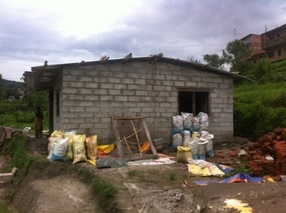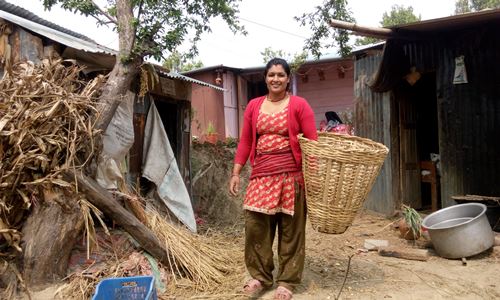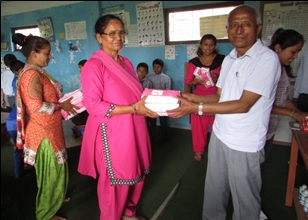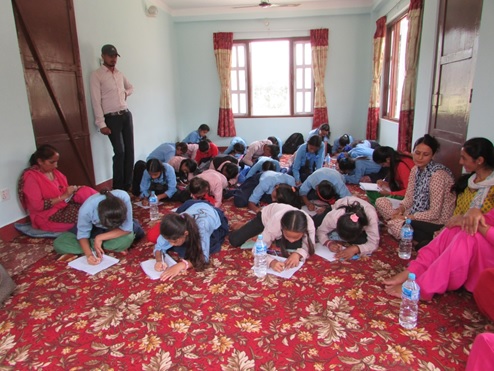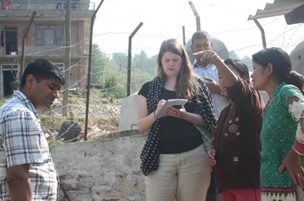
Psychosocial Training
A global experience shows that psychosocial support is crucial for the long-term recovery of earthquake survivors and their communities. Nepal is one of the highly earthquake vulnerable countries. After the earthquakes, Nepal started to see psychosocial support as one of the post-disaster priorities but felt the lack of proper training and counseling. (more…)

